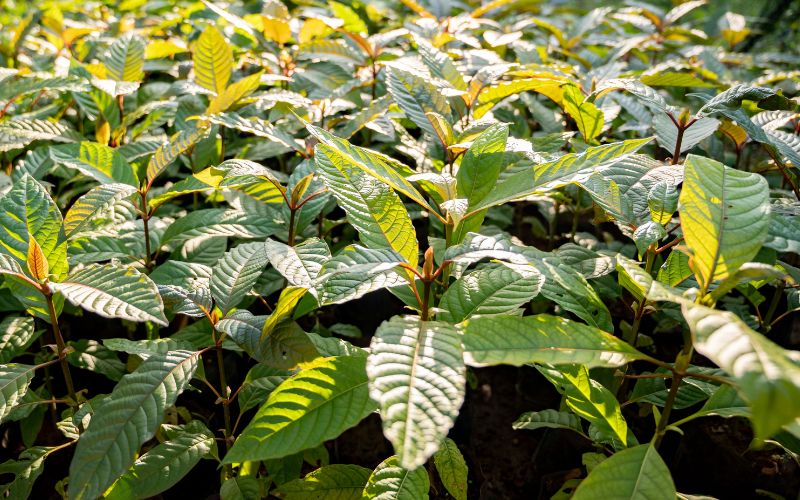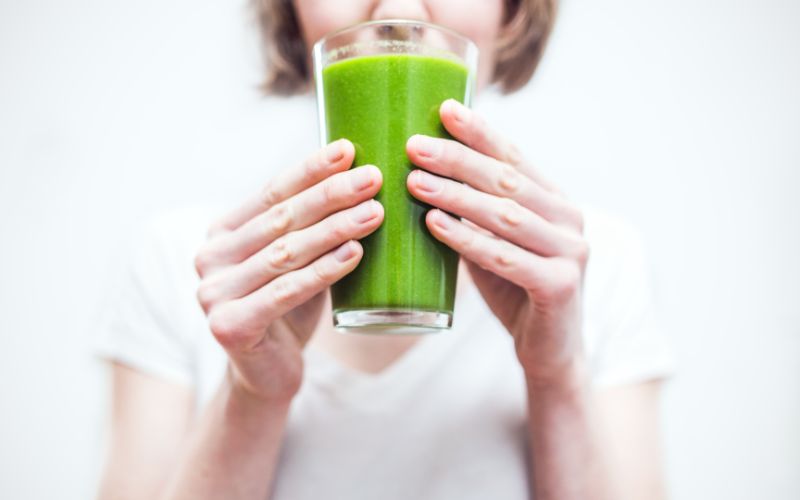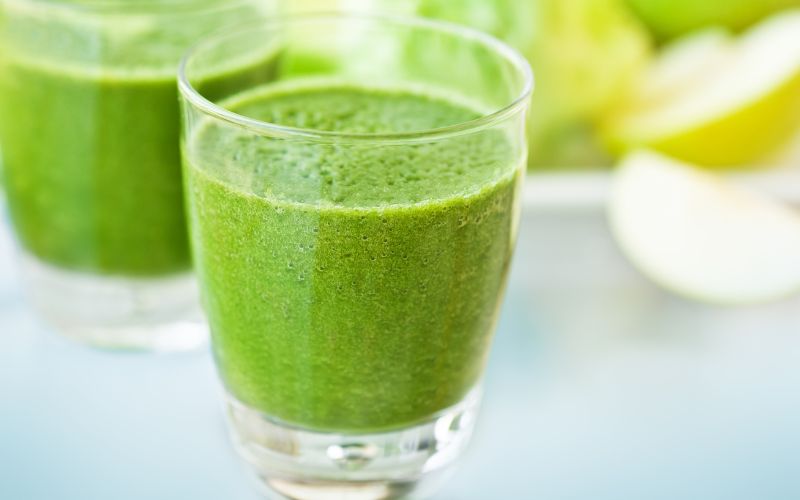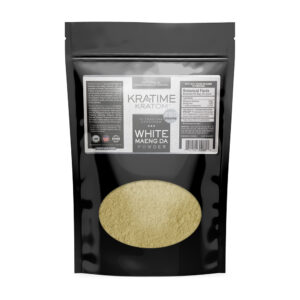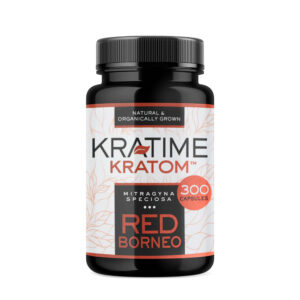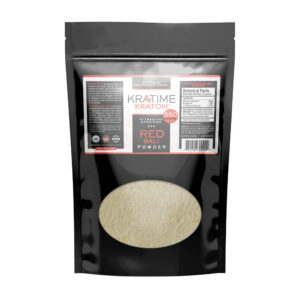Kratom has become a popular natural remedy for various ailments, but not all Kratom is created equal. Knowing how to tell good Kratom from bad is crucial for both your health and the effectiveness of the herb. Let’s dive into what you need to know to make an informed choice.
What is Kratom?
Kratom, scientifically known as Mitragyna speciosa, is a tropical tree native to Southeast Asia. Its leaves have been used for centuries for their medicinal properties, helping with pain relief, energy boosts, and even as a natural mood enhancer. As the demand for Kratom has grown globally, so has the number of vendors selling it, making it essential to know how to differentiate high-quality Kratom from inferior products.
Why Quality Matters
Good quality Kratom offers numerous health benefits, including pain relief, improved mood, and increased energy levels. On the other hand, consuming bad Kratom can lead to adverse effects such as nausea, headaches, and even serious health risks. Ensuring you have high-quality Kratom can make a significant difference in your overall experience.
Visual Inspection
Appearance of Good Kratom
Good Kratom typically has a vibrant green color, which indicates freshness. The texture should be fine and powdery, without any clumps or visible contaminants. High-quality Kratom is often smooth to the touch and evenly ground.
Appearance of Bad Kratom
Bad Kratom, on the other hand, might appear dull or brownish, suggesting it is old or improperly processed. It may also contain stems, twigs, or other foreign particles. If the powder is clumpy or has an uneven texture, it’s likely of poor quality.
Smell and Taste
Aroma of Good Kratom
Good Kratom should have a fresh, earthy scent. This natural aroma indicates that the Kratom is potent and has been stored correctly.
Aroma of Bad Kratom
If your Kratom smells sour, musty, or chemical-like, it’s a sign that it might be contaminated or old. Bad Kratom often loses its natural scent and takes on these unpleasant odors.
Taste Differences
While Kratom isn’t known for having a pleasant taste, good Kratom should taste earthy and somewhat bitter. Bad Kratom, however, might taste excessively bitter or sour, indicating potential spoilage or contamination.
Lab Testing and Certifications
One of the most reliable ways to ensure you’re getting good Kratom is through third-party lab testing. Reputable vendors will provide lab results that show the Kratom’s purity, alkaloid content, and absence of contaminants. Understanding these lab results can give you peace of mind about the quality of the product you’re consuming.
Sources and Suppliers
Reputable Suppliers
Finding a trustworthy vendor is crucial. Look for suppliers with a solid reputation, positive reviews, and transparent business practices. Reputable vendors often have extensive information about their sourcing and testing processes.
Red Flags in Suppliers
Be wary of suppliers that offer extremely low prices, lack transparency, or have numerous negative reviews. These are often indicators of poor-quality Kratom or unscrupulous business practices.
User Reviews and Testimonials
User reviews can be a goldmine of information. Look for detailed reviews that mention the quality, effects, and customer service. Community feedback can provide insights into the reliability of a supplier and the consistency of their products.
Packaging and Labeling
Indicators of Quality Packaging
Good Kratom is typically packaged in sealed, airtight containers to maintain freshness. Labels should provide detailed information about the strain, origin, and any testing certifications.
Warning Signs in Packaging
Poor packaging, such as unsealed bags or lack of labeling, can indicate low-quality Kratom. If the packaging looks unprofessional or lacks essential information, it’s best to steer clear.
Price vs. Quality
Understanding Price Points
While it might be tempting to go for the cheapest option, extremely low prices can be a red flag. Quality Kratom involves careful harvesting, processing, and testing, which is reflected in its price.
Investing in Quality
Spending a bit more on high-quality Kratom can save you from potential health risks and ensure a better overall experience. Think of it as an investment in your well-being.
Customer Service
Responsive and knowledgeable customer service is a hallmark of a reputable vendor. Good customer service can help you make informed decisions and address any concerns you might have. Test the customer service by asking questions before making a purchase.
Storage Conditions
Proper storage is essential to maintain the quality of your Kratom. Store it in a cool, dry place, away from direct sunlight. Airtight containers can help preserve its potency and prevent contamination.
Personal Experience and Tolerance
Listening to Your Body
Your body can be a good indicator of Kratom quality. If you experience positive effects such as pain relief and mood enhancement without adverse reactions, you likely have good Kratom.
Tolerance Levels
Understanding and managing your tolerance is also important. Rotate strains and avoid daily use to prevent building a high tolerance, which can diminish the effects of Kratom.
Comparing Different Strains
Different Kratom strains offer various effects, and some strains are known for their higher quality. For instance, Maeng Da and Red Bali are often praised for their potency and consistency. Comparing strains can help you identify which ones work best for you.
Conclusion
Choosing high-quality Kratom requires careful consideration of various factors, from visual inspection to lab testing. By following these guidelines, you can ensure you’re getting the best Kratom available, leading to a safer and more effective experience.
FAQs
- How can I tell if my Kratom is high quality?
- High-quality Kratom is vibrant green, has a fine texture, and a fresh, earthy scent. Look for lab testing results and buy from reputable suppliers.
- What are the risks of using bad Kratom?
- Bad Kratom can cause adverse effects like nausea, headaches, and even more serious health risks due to potential contamination.
- What should I look for in Kratom lab results?
- Look for purity, alkaloid content, and absence of contaminants in lab results. Ensure the vendor uses third-party labs and provides transparent, accessible reports.
- Are there specific strains that are known for higher quality?
- Yes, strains like Maeng Da, Red Bali, and Green Malay are often cited for their consistent quality and potency. These strains are popular for their reliable effects and high alkaloid content.

